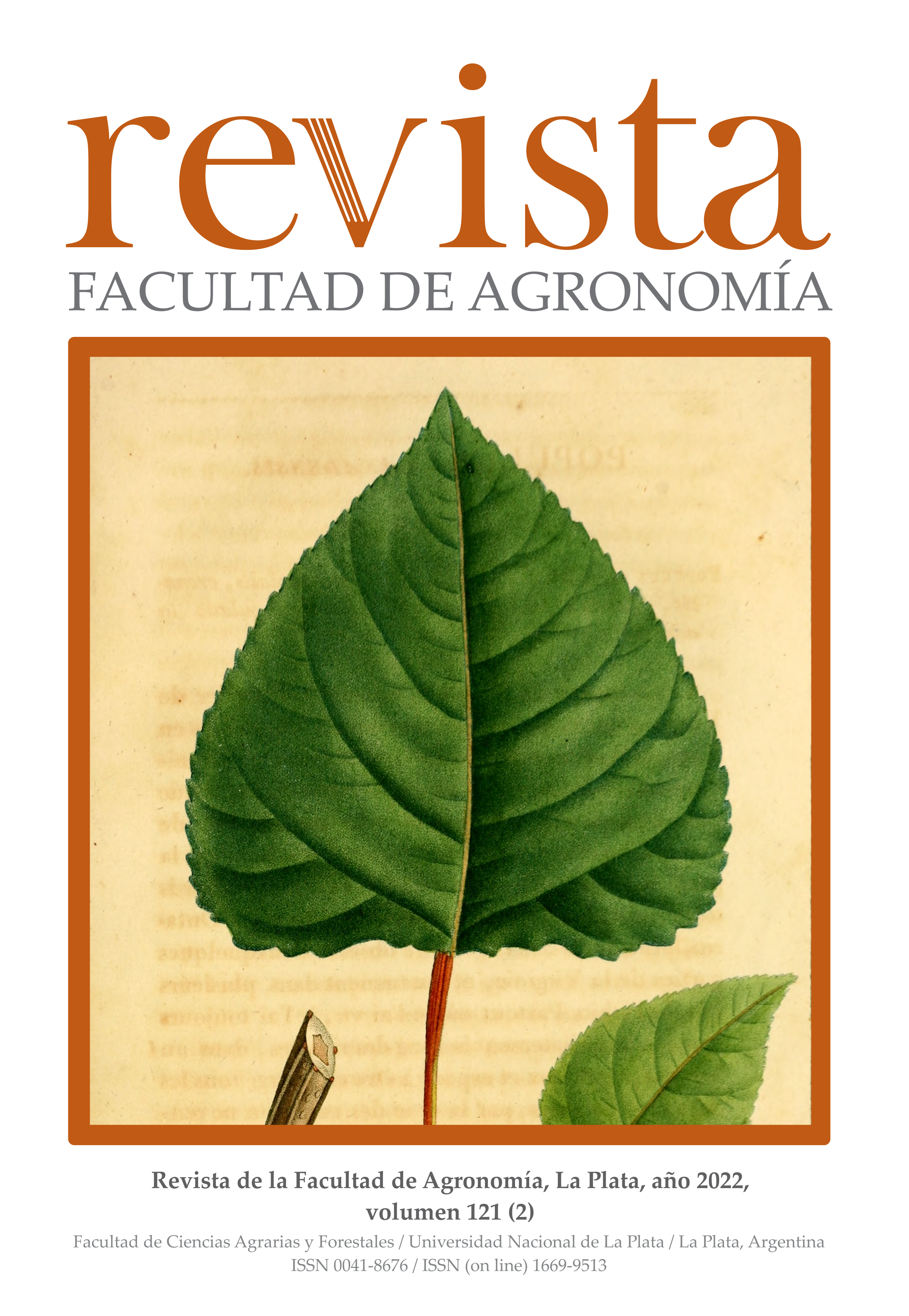Ver ítem
- xmlui.general.dspace_homeCentros Regionales y EEAsCentro Regional Buenos Aires SurEEA Cesareo NaredoArtículos científicosxmlui.ArtifactBrowser.ItemViewer.trail
- Inicio
- Centros Regionales y EEAs
- Centro Regional Buenos Aires Sur
- EEA Cesareo Naredo
- Artículos científicos
- Ver ítem
Propiedades fisicoquímicas de harinas de trigo y avena de alta calidad panadera = Physicochemical properties of wheat and oat flours of high technological quality
Resumen
El pan es un alimento de consumo masivo que puede mejorarse nutricionalmente mediante el agregado de distintos ingredientes. La harina de avena (Avena Sativa L.) con harina de trigo pan de buena calidad industrial se podrían combinar para obtener productos panificados con características aceptables para el consumidor y mejoras nutricionales. El objetivo de este trabajo fue analizar fisicoquímicamente las características de harinas de diferentes variedades
[ver mas...]
El pan es un alimento de consumo masivo que puede mejorarse nutricionalmente mediante el agregado de distintos ingredientes. La harina de avena (Avena Sativa L.) con harina de trigo pan de buena calidad industrial se podrían combinar para obtener productos panificados con características aceptables para el consumidor y mejoras nutricionales. El objetivo de este trabajo fue analizar fisicoquímicamente las características de harinas de diferentes variedades de trigo y avena para ser utilizadas en panificación. Para esto se utilizaron tres variedades de trigo pan y nueve variedades de avena, dichos cultivares provistos por la Chacra Experimental INTA- Barrow. Se realizaron distintas pruebas de calidad industrial de granos y harinas y una caracterización nutricional/química de las mismas. Finalmente, se evaluó su vida útil. La calidad de grano del trigo pan, mostró que los tres materiales tuvieron buena performance. Dentro de las características de calidad industrial, B. Meteoro fue superior. Se logró ajustar un protocolo para el tratamiento térmico de los granos de avena y para la determinación de actividad la lipasa de las muestras. La calidad nutricional de las variedades de avena, dieron: valores de contenido de proteína elevados, los contenidos de contenido de ceniza, fibra y lípidos fueron similares a los observados en bibliografía. Los b-glucanos mostraron, en todas las variedades, valores superiores a los descriptos en la bibliografía. El análisis de vida útil de harinas, durante 10 meses de almacenamiento, no mostró evidencias de perdida de vida útil según los indicadores utilizados y los límites definidos por el Codex Alimentarius.
[Cerrar]
Bread is a massive consumption food that can be nutritionally improved by adding different ingredients. Oat flour (Avena sativa L.) in combination with bread wheat (Triticum aestivum L.) flour of good industrial quality, bakery products with acceptable characteristics for the consumer, and nutritional improvements could be obtained. The objective of this work was to analyze the characteristics of flours from different varieties of wheat and oats to be
[ver mas...]
Bread is a massive consumption food that can be nutritionally improved by adding different ingredients. Oat flour (Avena sativa L.) in combination with bread wheat (Triticum aestivum L.) flour of good industrial quality, bakery products with acceptable characteristics for the consumer, and nutritional improvements could be obtained. The objective of this work was to analyze the characteristics of flours from different varieties of wheat and oats to be used in baking. Three varieties of bread wheat and nine varieties of oats were used, these cultivars were provided by the INTA Barrow Experimental Field. Different industrial quality tests of grains and flours and a nutritional/chemical characterization were made. Finally, its useful life was evaluated. The grain quality of bread wheat showed that the three materials had a good performance. Within the characteristics of industrial quality, B. Meteoro was the best. It was possible to adjust a protocol for the heat treatment of the oat grains and the determination of the lipase activity of the samples. The oat varieties showed higher protein, ash, fiber, and lipid contents and were similar to those observed in the literature. In all
the varieties, higher values of b-glucans were found. The analysis of the shelf life of flours during 10 months of storage did not change according to the indicators used and the limits defined by the Alimentarius Codex.
[Cerrar]

Autor
Astiz, Valentina;
Salinas, María Victoria;
Puppo, María Cecilia;
Fuente
Revista de la Facultad de Agronomía / Universidad Nacional de La Plata 121 (2) : 1-20 (2022)
Fecha
2022
Editorial
Facultad de Agronomía, Universidad Nacional de La Plata
ISSN
1669-9513
Formato
pdf
Tipo de documento
artículo
Palabras Claves
Derechos de acceso
Abierto
 Excepto donde se diga explicitamente, este item se publica bajo la siguiente descripción: Creative Commons Attribution-NonCommercial-ShareAlike 2.5 Unported (CC BY-NC-SA 2.5)
Excepto donde se diga explicitamente, este item se publica bajo la siguiente descripción: Creative Commons Attribution-NonCommercial-ShareAlike 2.5 Unported (CC BY-NC-SA 2.5)


